Boric acid, also known as hydrogen borate, is a versatile compound with a variety of applications in medicine, industry, and agriculture. Its chemical formula is H₃BO₃, and it is a weak acid composed of boron, oxygen, and hydrogen. Boric acid appears as a white, odorless powder or as colorless crystals, and it is highly soluble in water. It has mild antiseptic, antifungal, and insecticidal properties, which contribute to its diverse range of uses. One of the primary applications of boric acid is in pest control. It is commonly used to combat ants, cockroaches, termites, and other insects. It acts by disrupting their digestive systems or dehydrating them. Boric acid is a popular choice in households and commercial pest control because it is less toxic to humans and pets compared to many chemical insecticides, although care should still be taken to prevent accidental ingestion. In medicine, boric acid has been used as an antiseptic for treating minor cuts, burns, and skin irritations. It can also be found in certain eye drops for relieving eye infections and irritation. Additionally, boric acid is used in some vaginal preparations to treat yeast infections due to its antifungal properties. Its mild toxicity means that it must be used cautiously to avoid overexposure. Boric acid is also integral to the industrial sector. It is used in the manufacture of glass, ceramics, and fiberglass, where it serves to improve the strength and heat resistance of materials. Additionally, it is employed in the production of flame retardants, as boric acid has the ability to suppress combustion. In agriculture, boric acid is utilized as a micronutrient in fertilizers, particularly for plants that require boron for proper growth and development. However, despite its many beneficial uses, boric acid must be handled with care. Prolonged exposure or high concentrations can be toxic, leading to skin or eye irritation, respiratory issues, and in extreme cases, poisoning. Therefore, it is important to use boric acid products according to safety guidelines and avoid excessive exposure. In conclusion, boric acid is a versatile compound with widespread applications in pest control, medicine, industry, and agriculture. Its diverse uses make it a valuable substance, but it should be used responsibly to avoid potential hazards.
Boric Acid
| Cas No : | 10043-35-3 |
| Formula : | H3BO3 |
| Hsn Code : | 28100020 |
| Form : | Solid |
| Molecular Weight : | 61.83 g/mol |
| Melting Point : | 160 °C |

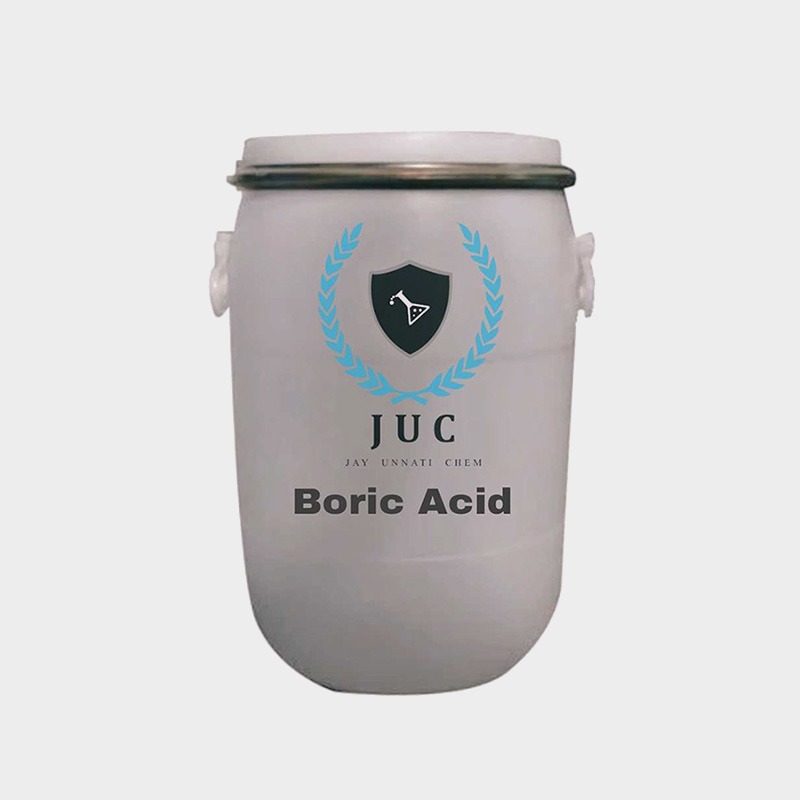
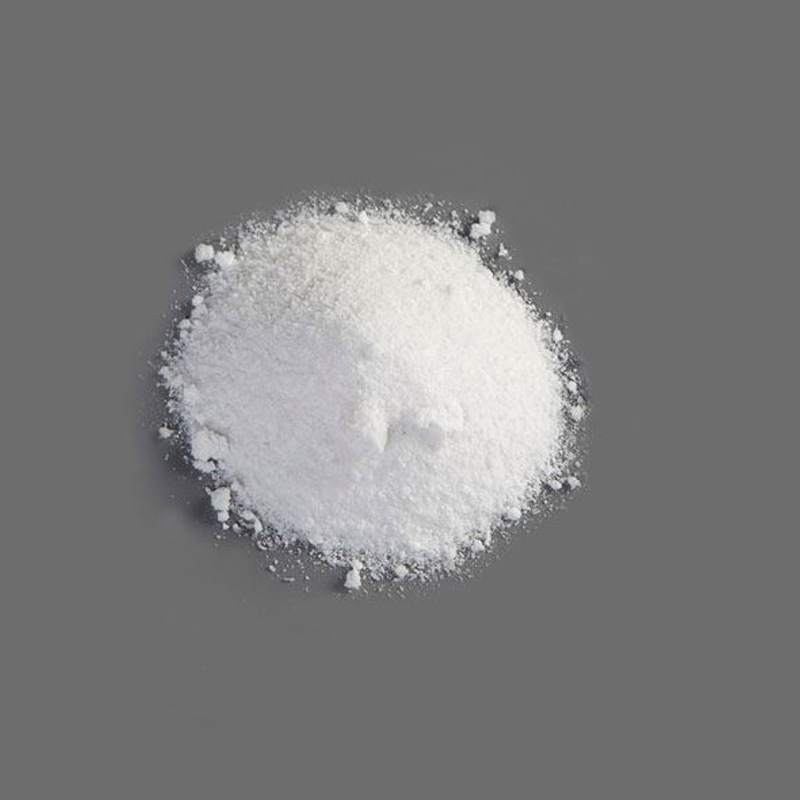
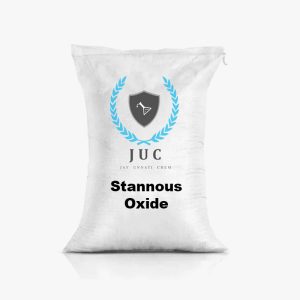
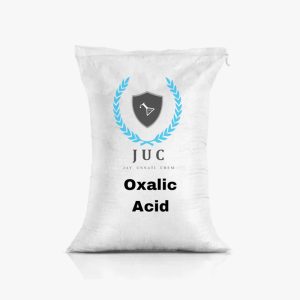
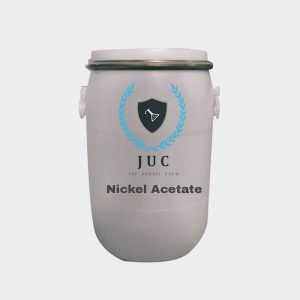
Reviews
There are no reviews yet.